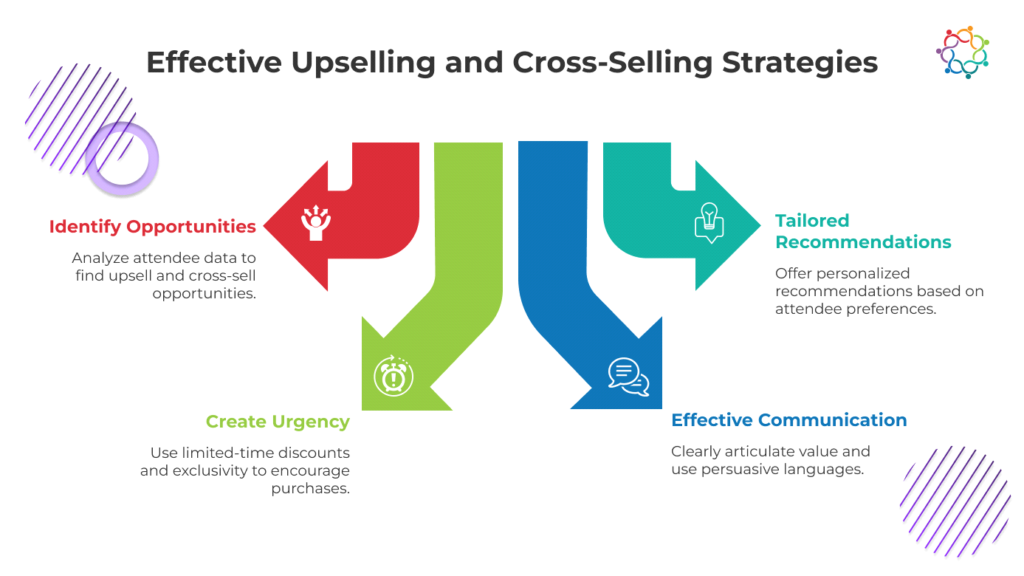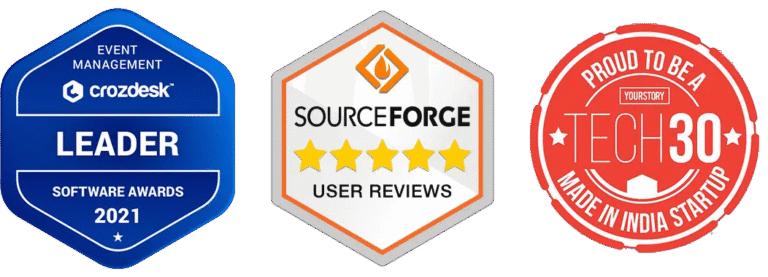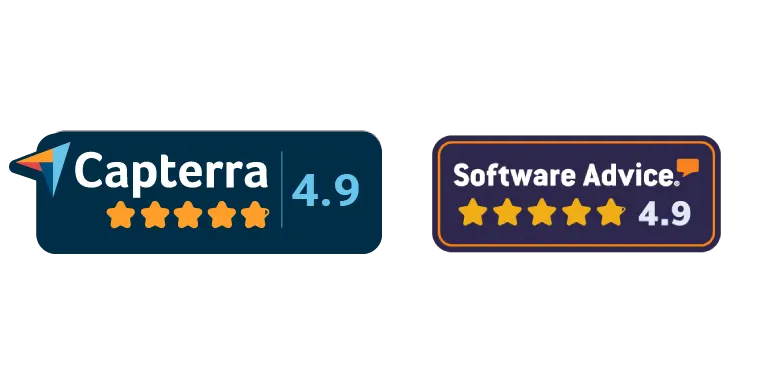Samaaro + Your CRM: Zero Integration Fee for Annual Sign-Ups Until 30 June, 2025
- 00Days
- 00Hrs
- 00Min

In the dynamic landscape of event management, upselling and cross-selling have emerged as powerful strategies for maximizing revenue. Upselling encourages attendees to purchase a more premium version of a product or service, while cross-selling promotes complementary offerings that enhance the overall event experience. Implementing these strategies not only boosts financial returns but also enriches attendee engagement, making them feel valued and understood. In this blog, we’ll explore effective strategies for leveraging upselling and cross-selling in your events, ensuring that you not only meet but exceed revenue expectations.
Understanding Upselling and Cross-Selling
Upselling involves encouraging attendees to opt for a higher-tier product or service, often enhancing their experience with additional features or benefits. For instance, offering VIP access or premium seating can significantly increase the perceived value of the event.
Cross-selling, on the other hand, focuses on promoting related or complementary products and services. This might include suggesting merchandise, additional sessions, or post-event workshops that align with attendees’ interests, thereby enhancing their overall experience.
Effective Upselling and Cross-Selling Strategies

Implementing effective upselling and cross-selling strategies requires a thoughtful approach that engages attendees and enhances their overall experience. Here are key strategies to maximize these opportunities:
Identify Opportunities
To successfully upsell and cross-sell, it’s essential to analyze attendee data to pinpoint potential opportunities. This involves:
Tailored Recommendations
Personalization is critical in both upselling and cross-selling. Here’s how to effectively create tailored recommendations:
Create a Sense of Urgency
Creating urgency can encourage attendees to make quicker purchasing decisions. Here are effective tactics:
Effective Communication
Clear communication about the value of upsells and cross-sells is crucial for convincing attendees. Here are strategies to improve communication:
Training Sales Teams
Your sales teams play a crucial role in executing upselling and cross-selling strategies. Here’s how to equip them for success:
By focusing on these strategies, event planners can not only boost revenue but also foster stronger connections with attendees, ultimately leading to a more satisfying and engaging event experience.
Best Practices for Event-Led Upselling and Cross-Selling

Start Small:
Initiate your upselling and cross-selling efforts with small, manageable offers that are easy for attendees to accept. This approach allows you to build confidence in your strategies while avoiding overwhelming potential customers with too many options. By starting with small upsells, you can gradually introduce attendees to the concept of purchasing additional products or services, which helps to create a comfortable buying environment.
Test and Measure:
Experimentation is key to finding the most effective upselling and cross-selling strategies. Implement various tactics and measure their success to identify what resonates with your audience. This may include different pricing models, promotional techniques, or product bundles. Tracking results through metrics like conversion rates and average transaction value will provide valuable insights that can refine your approach over time.
Personalize Offers:
Tailoring recommendations to individual attendees based on their preferences, demographics, and previous interactions can significantly enhance the effectiveness of your upselling and cross-selling efforts. Utilize data analytics to understand attendee behavior and preferences, allowing you to make personalized suggestions that feel relevant and timely. This personalized touch not only increases the likelihood of acceptance but also enhances the overall attendee experience.
Follow Up:
After the event, reach out to attendees with targeted follow-up communications that highlight additional products or services relevant to their interests. This could include exclusive post-event offers, personalized recommendations based on their engagement during the event, or reminders about products they showed interest in. Effective follow-up can nurture leads and convert interest into sales, further enhancing your revenue potential.
By adopting these best practices, event organizers can create a more seamless experience that not only drives sales but also strengthens attendee relationships, ultimately leading to long-term loyalty and satisfaction.

Built for modern marketing teams, Samaaro’s AI-powered event-tech platform helps you run events more efficiently, reduce manual work, engage attendees, capture qualified leads and gain real-time visibility into your events’ performance.


© 2025 — Samaaro. All Rights Reserved.